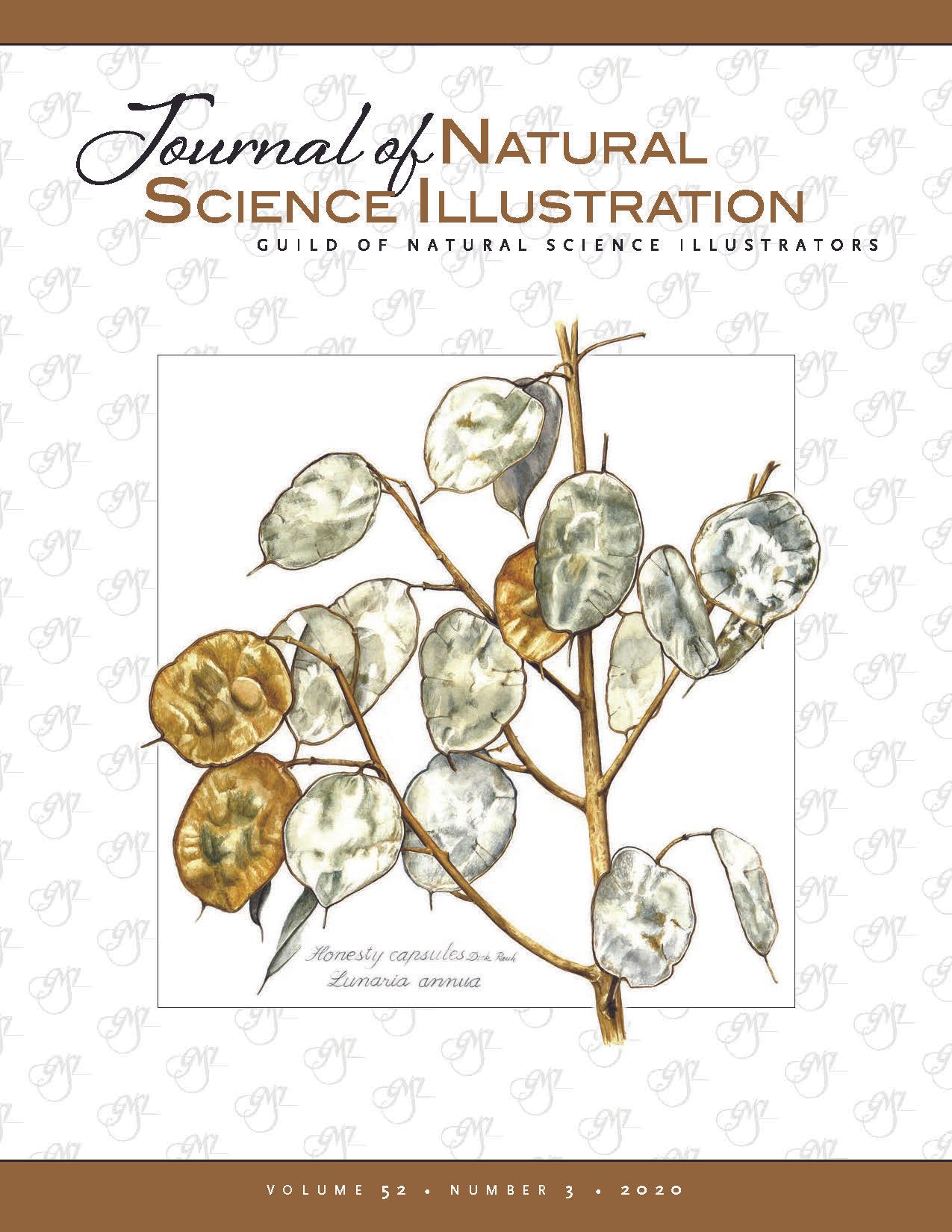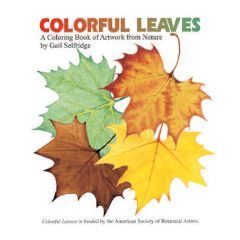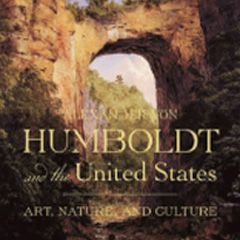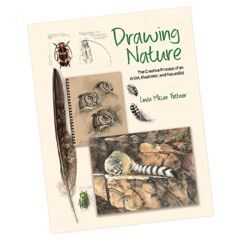Journal of Nature Science Illustrators Vol. 52 No. 3: Abstracts
Welcome to the third Journal edition of 2020!
In this issue, learn about "Colorful Leaves," a project funded by the ASBA 2015 Anne Ophelia Dowden Award, read a review about the late Dr. Dick Rauh's reference book, which is an essential guide for botanical enthusiasts, as well as a review about Eleanor Jones Harvey’s book on Alexander von Humboldt's legacy, emphasizing his contributions to 19th-century science and environmental thought. Alongside this, learn about member Jonathan Higgin’s building of an anatomy coloring book and database, and a member’s custom Prismacolor® palette of only 12 colors for botanical art classes. There are tips for new freelance illustrators, a discussion on Listserve about pro-bono work, insights from a Costa Rica art tour, and stories from the 2020 virtual "Illustrating Nature" show, as well as an article about educating the public about endangered species through wearable art on bandanas.
Log into your account to view the Journal: JNSI 2020, Vol. 52, No.3
Not yet a subscriber? To view the issue for free, become a GNSI member today!
Colorful Leaves: Classes with Dick Rauh
— Gail Selfridge
"Colorful Leaves," funded by the ASBA 2015 Anne Ophelia Dowden Award, is a resource designed to inspire nature observation and develop drawing skills using various artistic techniques. It has been widely used in workshops, including those led by the late Dick Rauh, who integrates botanical education and drawing exercises in his classes. The program remains available as a free download, continuing to support both children and adult learners in art and nature studies.
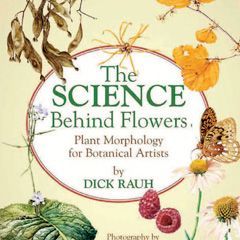
Book Review: The Science Behind Flowers, by Dick Rauh (open access)
— Camille Werther
Dr. Dick Rauh's reference book is an essential resource for flower enthusiasts, botanical illustration teachers, and artists seeking a deeper understanding of plant biology. Drawing from his Plant Morphology class at the New York Botanic Garden, the book blends scientific rigor with artistic insight, featuring Rauh's paintings, student sketches, and detailed dissection photography. Organized into six chapters, it covers plant structure, floral anatomy, pollination, and fruit classification, offering practical tips for teaching and sourcing plant materials alongside comprehensive botanical concepts.
— Reviewed by Theophilus Britt Griswold
This coffee table-style book explores the life and influence of Prussian naturalist Alexander von Humboldt, focusing on his brief time in America and his lasting impact on 19th-century science, art, and politics. Through richly curated artwork and historical narratives, author Eleanor Jones Harvey highlights Humboldt's holistic view of the natural world and his warnings about environmental destruction, tracing his influence on prominent figures like President Thomas Jefferson and English chemist James Smithson. The book also reflects on why Humboldt's legacy faded in the early 20th century and the renewed relevance of his ideas today.
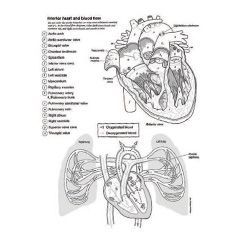
Anatomy Coloring Book
— Jonathan Higgins
Inspired by Coloring activities, like those in the Anatomy Coloring Book by Kapit and Elson, have been proven to reduce stress and enhance memory retention through the "enactment effect." Inspired by this, the author developed customizable anatomy and physiology coloring activities for lab manuals, carefully balancing artistic design with educational effectiveness. These activities have been successfully tested and enthusiastically adopted by educators, offering a creative and interactive way to learn complex structures.
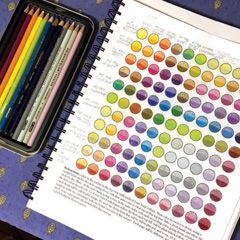
Curated Colored Pencils
— Kathleen Garness
The author shares a hand-picked palette of 12 Prismacolor® pencils used with botanical art students at the Prairie House in Westchester, designed for versatility across subjects like landscapes and portraits. The set includes primary and secondary colors, warm and cool grays, and two darker convenience colors, all chosen for their high-chroma and blending capabilities.
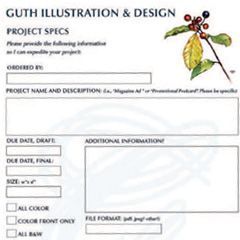
The Business of Illustration: Getting Organized
— Gail Guth
For those new to freelancing in illustration, this article provides practical advice on setting up an organized file management system and tracking time efficiently. It suggests creating folders with job numbers, backing up files regularly, and using time-tracking tools like OfficeTime® to stay on top of projects and avoid losing money. These tips aim to help freelancers stay organized, manage multiple projects, and streamline their workflow.
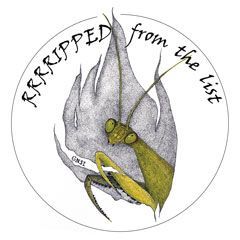
Working Essentially for Free?
— Britt Griswold, RRRRipped Guest Editor
Members’ feedback pulled from the GNSI Sciart-Listserv on a pro-bono proposal offered to a fellow member.
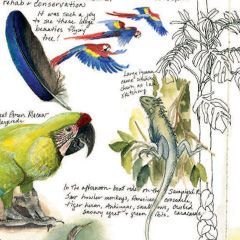
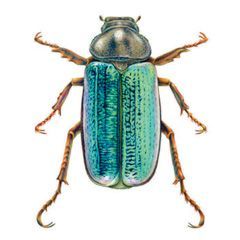
Illustrating Nature - CSUMB Science Illustration Graduate Program: Class of 2020
—Madelyn Neufeld, Liz Wahid, Ying Wang
The 2020 Science Illustration class at California State University, Monterey Bay consisted of 16 diverse students with backgrounds in fields like paleontology, marine biology, and ornithology. Despite the challenges posed by the pandemic, they adapted by moving their annual art show, "Illustrating Nature," to a virtual format, allowing them to reach a global audience. With guidance from dedicated instructors and the success of their digital gallery, the class feels confident in their skills to pursue professional careers in science illustration.
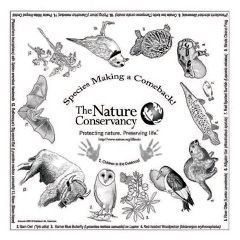
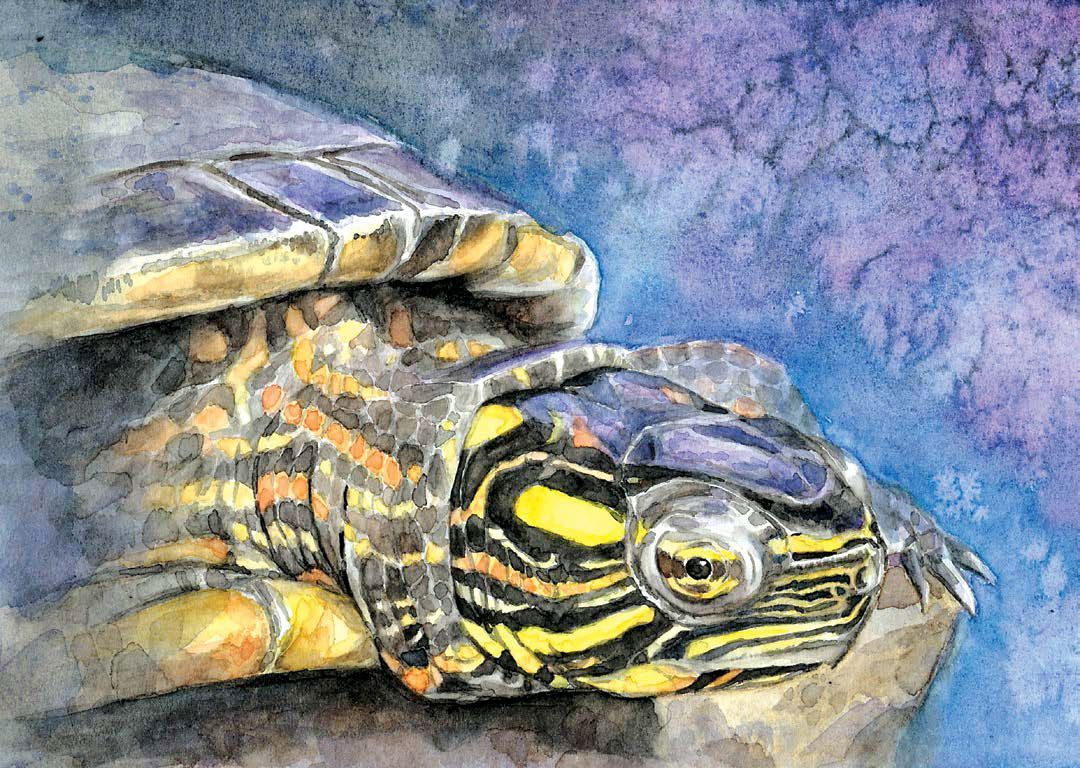
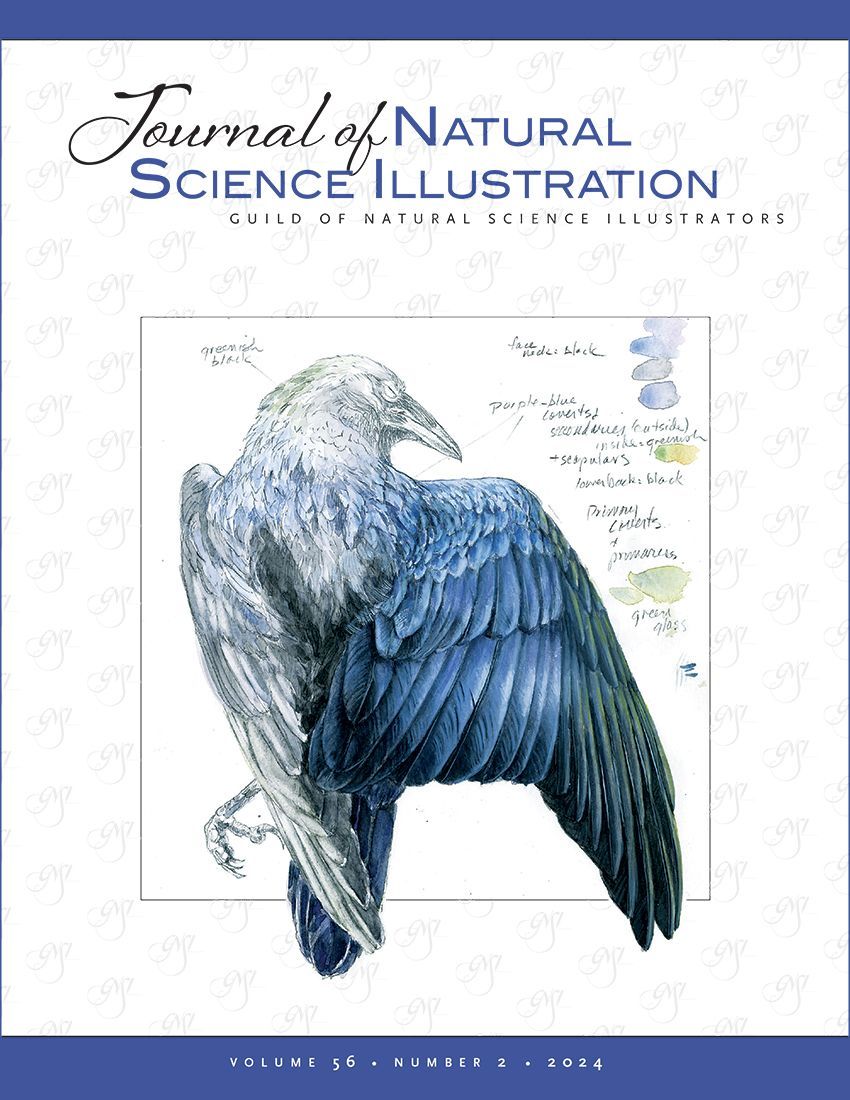
All Content © 2025 | Guild of Natural Science Illustrators
℅ Gilbert & Wolfand, PC
2201 Wisconsin Avenue NW, Suite 320
Washington, DC 20007
Privacy Policy | Image Use Policy
Website powered by Neon One
